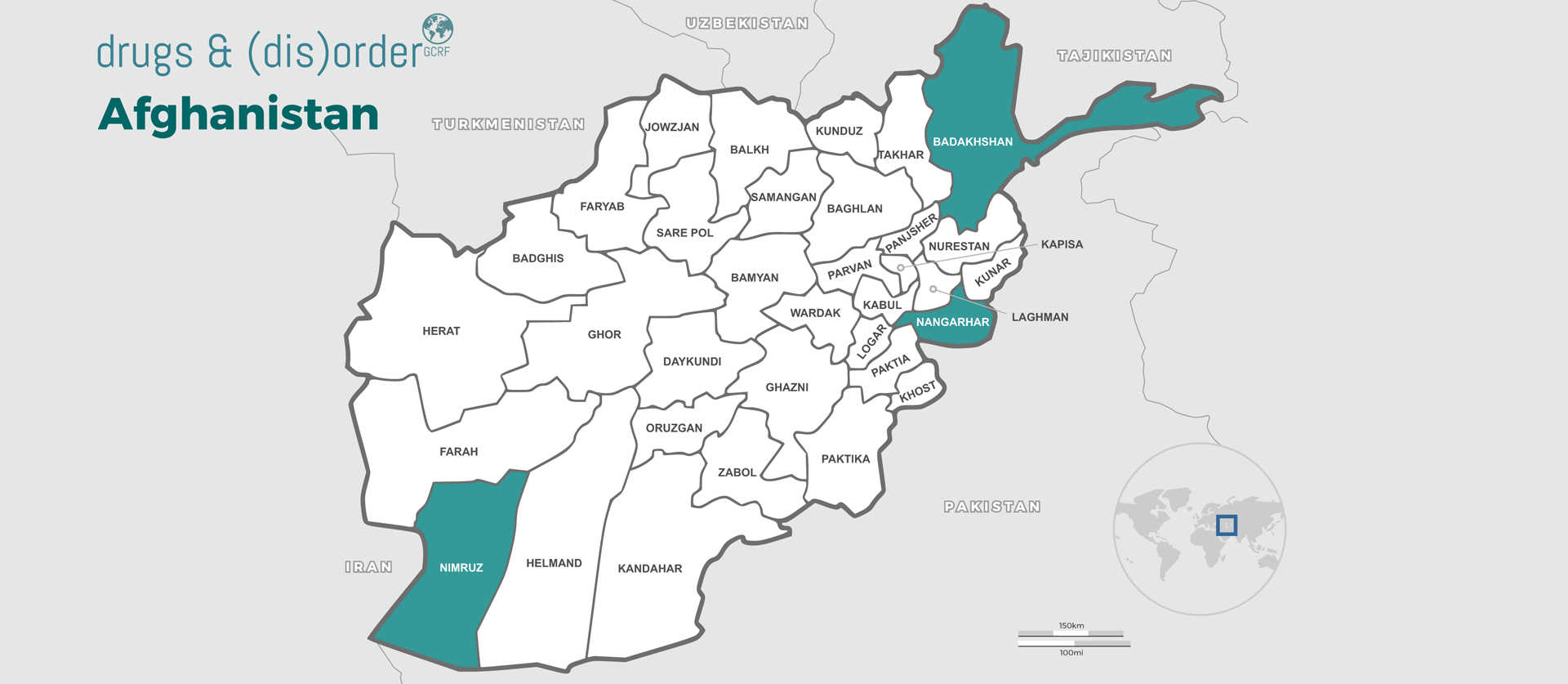Context
Afghanistan is a land-locked mountainous country, with a population of 35.5 million. It is a low-income country, ranked 169 out of 188 in the Human Development Index. It is estimated that 39% of the population live below the poverty line and some 2.9 million Afghans are internally displaced.
The country is in the ‘high alert’ category of the Fragile State Index, and has experienced more or less constant warfare since the Soviet invasion of 1979.
The US-led invasion of 2001 that led to the toppling of the Taliban regime, briefly brought hopes of a sustainable transition to peace. But instead, it marked a new phase of armed conflict that has intensified and become more widespread over time.
Afghanistan emerged during the war years as the global leader in opium production and it is estimated that the country is the source of around 90% of the heroin consumed in the UK.
This concentration of illicit drug production is due to a combination of factors: the land produces opium poppies with a high morphine content; chronic insecurity and institutional weakness have meant no, or inadequate, regulation, and poor infrastructure and poverty prevent the development of alternative livelihoods.
The geographical spread and aggregate production of opium increased steadily over the 1980s and 1990s. The Taliban opium ban of 2000/2001 led to a dramatic but temporary drop in cultivation. Following the US-led military intervention, there was a significant rebound due to a tenfold increase in farm gate prices, chronic rural indebtedness and an absence of state regulation in the provinces.
Internationally supported and Afghan government-led counter narcotics efforts were stepped up from 2004 onwards. This was based on the assumption that state-building, reconstruction, counter insurgency and counter narcotics were mutually reinforcing.
But these different facets of international engagement often worked at cross purposes – for example aggressive and militarised counter narcotic efforts undercut state legitimacy and increased support for the insurgency in many places.
Furthermore, the contradiction between counter narcotic efforts being led by state actors who were themselves deeply involved in the drug economy became increasingly apparent.
In the mid-2000s, opium production declined. But from the late 2000s there was a sharp rise and by 2017 opium cultivation reached a record high of 328,000 acres, up 63% from the previous year. It was estimated that this generated between 20–32% of GDP and the value of the opiate economy far exceeded that of licit exports of goods and services.
Research sites
In Afghanistan, research is being conducted in three regions:
- Badakhshan (Tajikistan and Pakistan border)
- Nangarhar (Pakistan border)
- Nimroz (Iran border)

